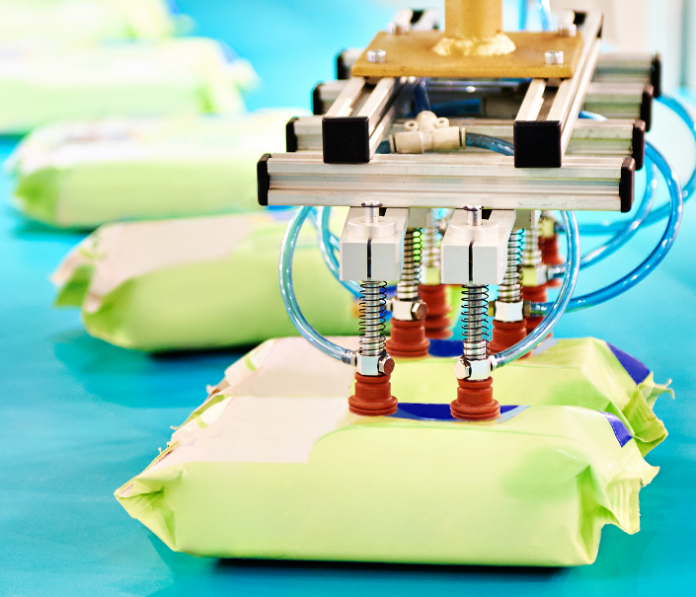
Robotic packaging applications are popular in food industries in other industries. Food industries have the true nature of products, which makes it easy to automate with robots. The packaging robots are used for packaging finished food products transforming the food production industry.
The technology is rapidly evolving and helping us to have better services in various industries. The main benefits that robots can have in the food industry are higher efficiency, lesser need for human workers, and high quality of packages. Also, preparing transport is much easier with automated machines.
We can see that there is various use of robots in many industries for a long time. However, the food industry is still developing ways of how to properly implement this technology that can provide much better productivity.
Food packaging applications can be used in primary, secondary, and tertiary packaging. The following are the standard packaging robot applications.
Table of Contents
1. Pick and Place Application
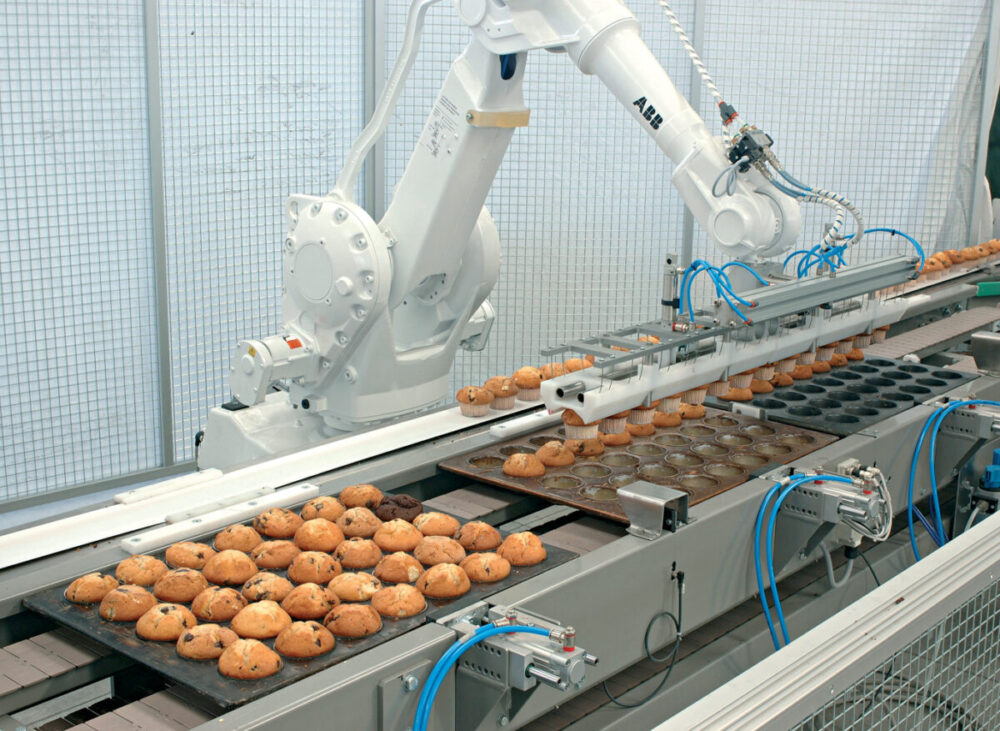
The robotic gripper can easily handle processed food products because they have a uniform size and shape. It is common for automated food processing machines to produce randomly oriented and distributed products.
It is not accessible to manual pack randomly placed products. Packaging robots are better placed to pack such products. A robot suited with a pick and place application can quickly identify, align, and place the product simultaneously.
Pick and Place Robots are highly useful in packaging various materials. In the food industry, there is a great demand for automation, and this kind of technology is perfect for helping high increased needs and a greater number of customers. The main advantage is that it will save workers from various injuries such as back, neck, and arm injury.
2. Raw Food Packaging
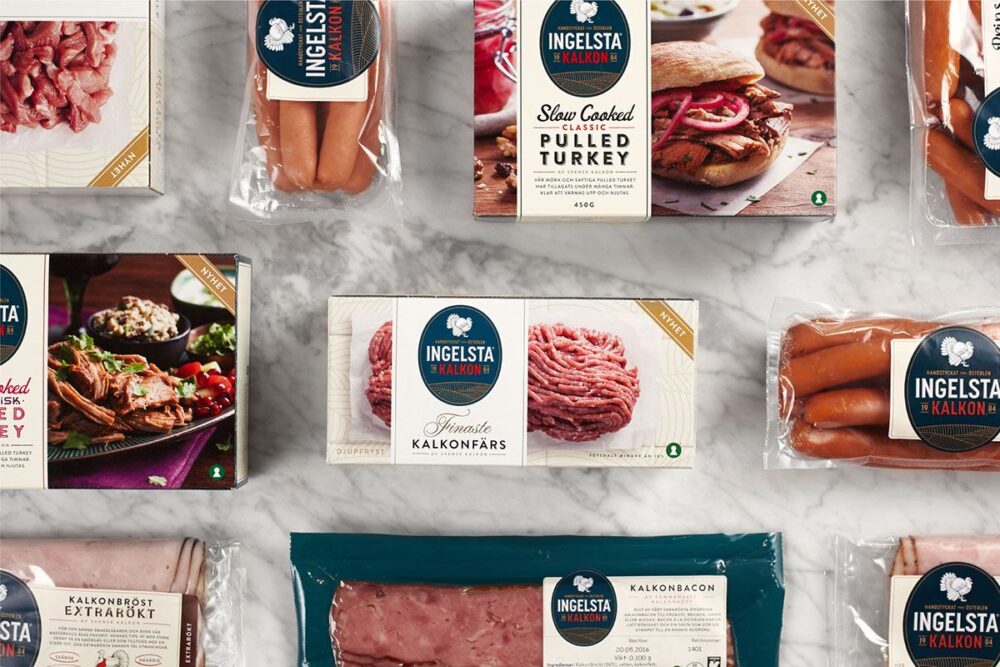
Packaging robots are used in the packaging of natural foods. Natural foods do not have uniform sizes and shapes like processed food, thus challenging to pack. However, packaging robots are fitted with applications that are useful in raw food packaging. The robots can effectively package fresh foods in precision.
The method of packaging using robots can be much faster and effective than with standard human workers. In that matter, even the smaller companies are buying modern this kind of modern technology, despite the high price of robots. Also, the robot can be more accurate when it comes to packaging, which can take a lot of time when workers are packing raw food.
3. Depanning Application
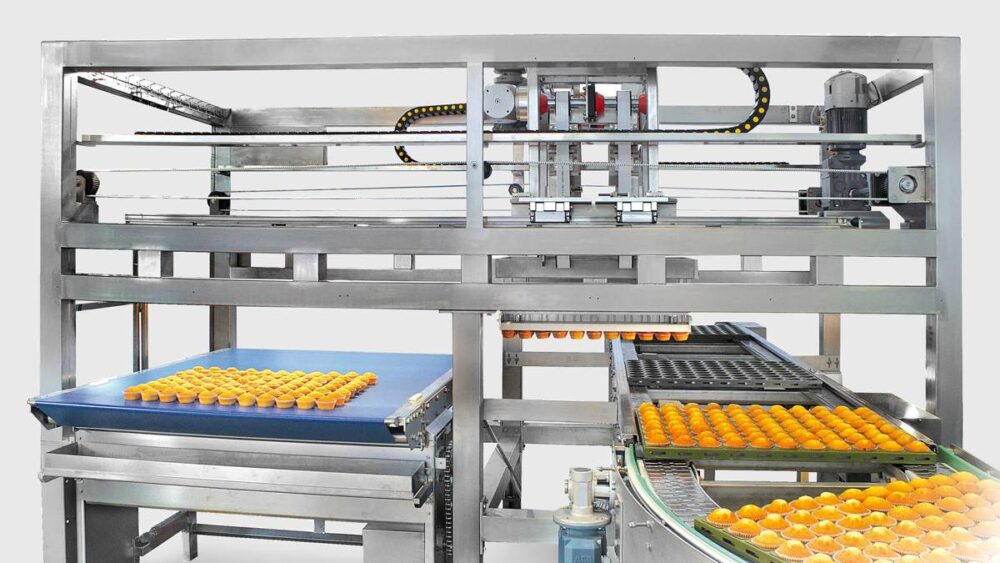
Depanning is the process of removing baked goods from the pan. Eliminating cakes from a container can be a tricky affair, mainly if the cakes are produced on large scales. Robots are effective in removing the baked products for primary packaging.
Robots are fitted with a specialized depanning tool which is capable of removing the whole tray of baked goods and packing them. The dried products are grasped by small pins or vacuum and placed in the packaging material. The main benefits are higher quality and faster method of depending. The robot could de-pan cakes at a rate of 1,200 pieces per minute.
4. Denesting Application
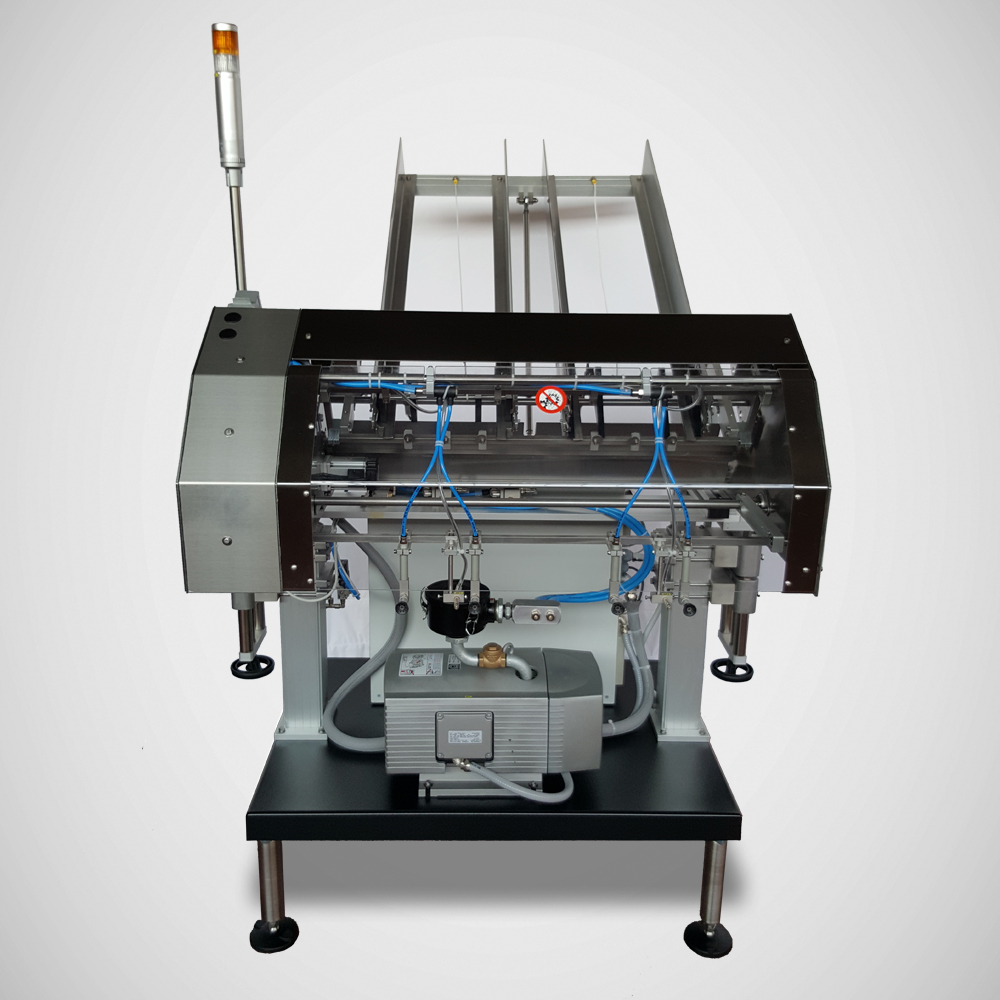
Denesting robot works hand in hand with the depanning robot in the packaging of cupcakes into plastic trays. Whereas depanning involves placing baked goods inside a stack, denesting entails removing an empty package from a chimney. The advantage of using packaging robots is that they do not occupy much space. The robots are also cost-effective since they use little time, and they do not need labor extensive.
The main advantages are that this machine is fast, and it can dispense around 80 packages per minute and have a wide selection of programs for any type of production. Also, there are robots capable of de-nesting different types of packages during the same process.
5. Boxing Application
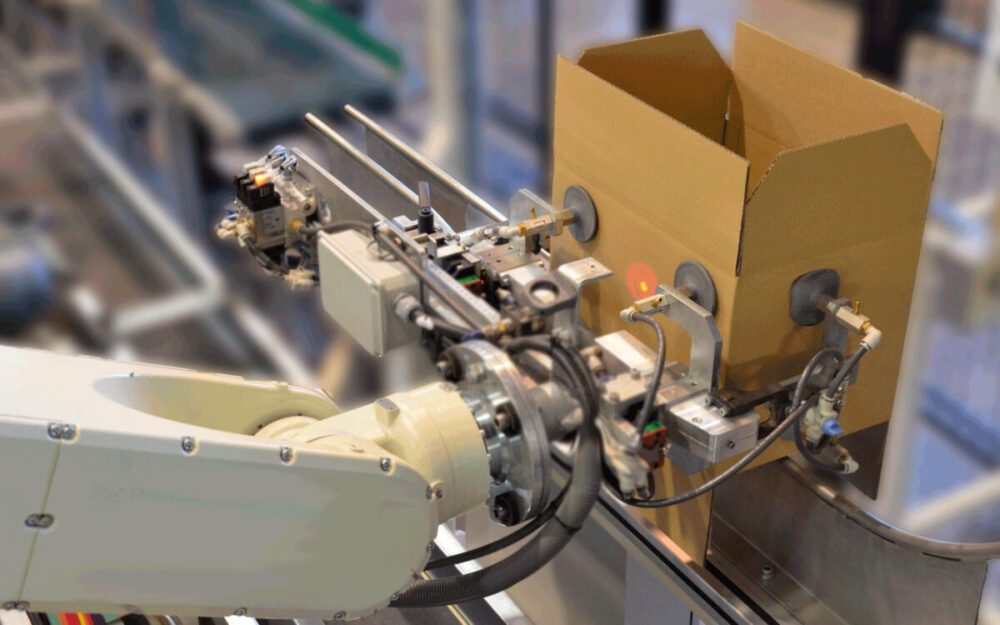
Packaging robots are utilized in secondary packaging. Secondary packaging involves grouping individually packed products into boxes or cases. At this stage, the products are sealed; thus, the chances of getting contaminated are minimal.
The packaging robots are the best in handling delicate products. The collaborative robots can also handle packages that are not easy to grasp due to their sizes. This option is positively affecting the food industry, and ordinary workers are now monitoring the robots, instead of putting effort into packaging goods by themselves. Boxing application is much more effective, and human labor cannot be compared to it.
6. Palletizing Applications
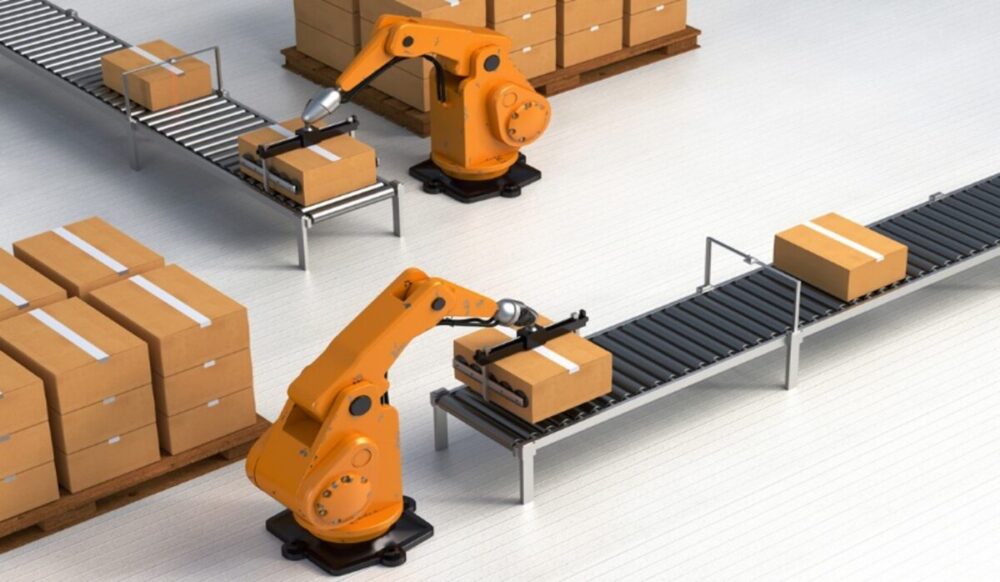
Palletizing is a common robotic application in tertiary packaging. Tertiary packaging involves taking the boxes of products for shipping by stacking them on pallets. In most cases, the boxes are heavy and bulky; thus can easily cause bodily injury to humans. The packaging robots are fitted with the palletizing applications which are used in the primary, secondary, and tertiary packaging.
This is a much better alternative to standard forklift drivers and can store packages and pallets much faster and accurate than the best drivers.
7. Warehousing Applications
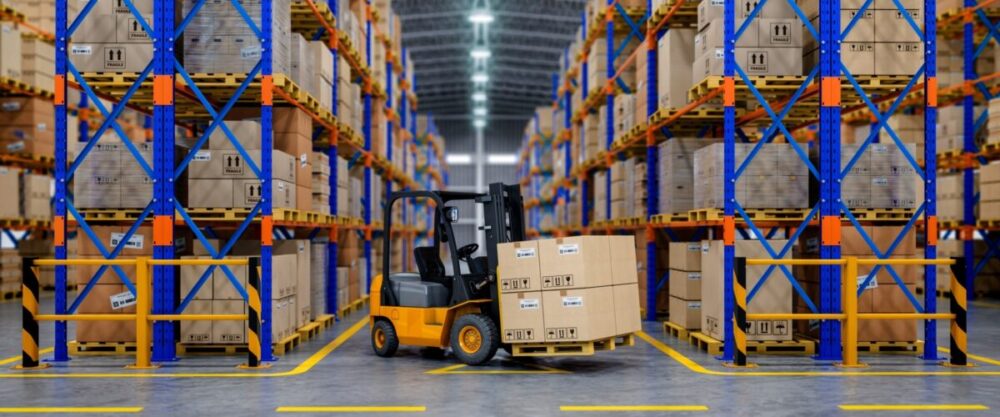
The task of transporting pallets is labor extensive, especially when there is a high number of products in the warehouse. Automated warehouses give food producers a competitive advantage. Most warehouses have autonomous guide vehicles that perform various tasks within the warehouse.
Packaging robots are useful in the secondary and tertiary packaging stages. The collaborative packaging robots are also available in small sizes; thus, they are utilized by the smaller producers who work with low volumes of products.
Robotic packaging is transforming the entire food production unit. The packaging robots can be reprogrammed and redeployed depending on the type of operation. The robots are easily readjusted to handle high or low volumes of work in case of the change in the workflow.
This technology can significantly decrease chances for any injuries of workers, especially because they now don’t need to carry anything by their hands. Warehouse Applications provide much better productivity as well.
The Bottom Line
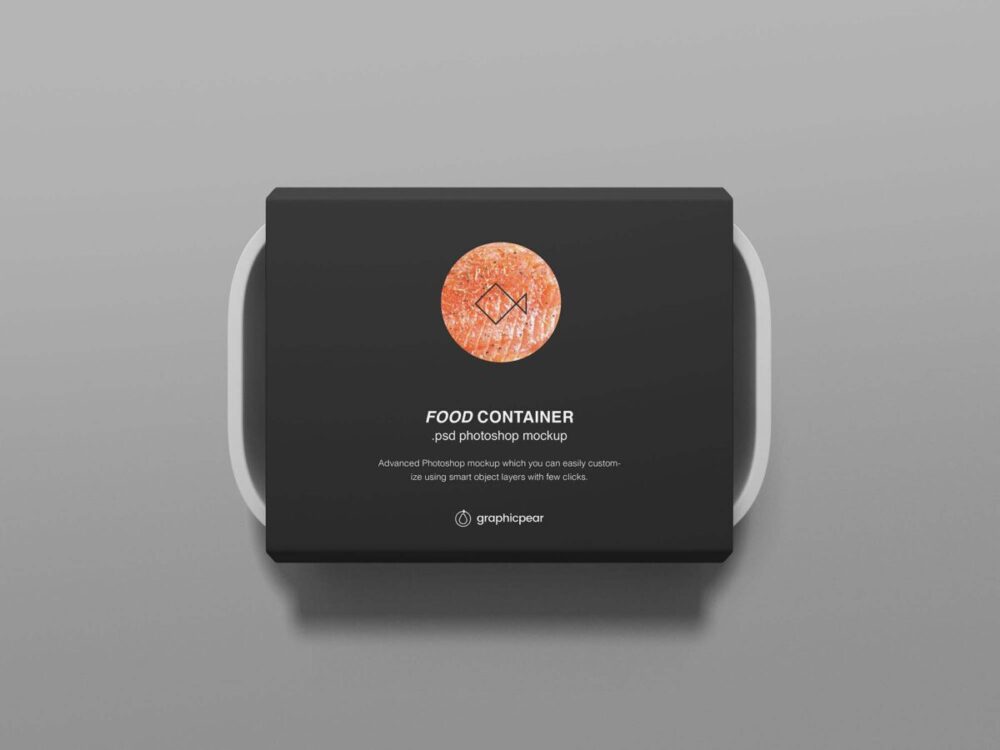
While it might seem that you will have to spend a real fortune on all of these machines, their effectiveness, and less need for human workers, lead us to the conclusion that they are also cost-effective in long terms. You can create and evolve in your food business when you have this kind of tool that will help you to serve food, package raw food or collect baked products from the line, and all that with much higher speed and precision.
Furthermore, your warehouse can be much more effective when it comes to storing or placing products in trucks or ships. Every method involved in the process of making, packing, serving, and selling food can be much easier with machines. There are some countries, like Japan and South Korea, where we can see Robots instead of baristas or servers in some restaurants and pubs.
Visit Universal Robots for more information.







